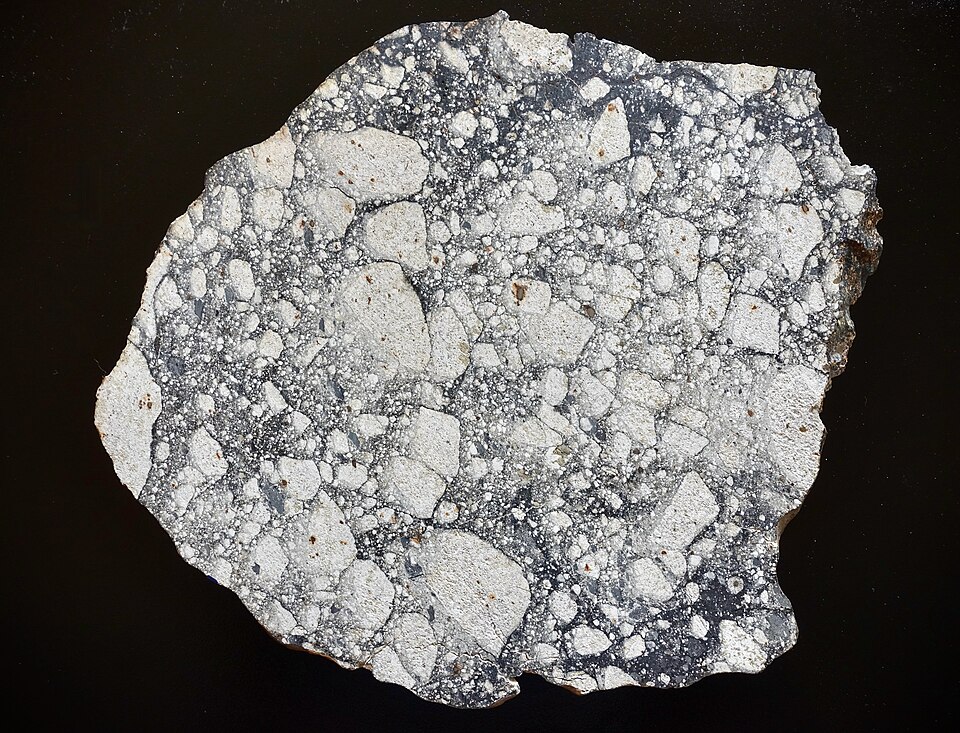New Research Utilizes Ground Sensors to Differentiate Meteoroid Fireball Fragmentation

Recent research has unveiled that ground-based sensors can effectively distinguish between intact and fragmented meteoroid fireballs based on their seismic signatures. This study, published in the *Seismological Research Letters* on July 23, 2025, by Iona Clemente and her colleagues at Curtin University, marks a significant advancement in our understanding of meteoroid behavior during atmospheric entry.
The study was prompted by the successful return of the Hayabusa2 sample capsule from the asteroid Ryugu, which provided an opportunity to compare the seismic signals of its re-entry with those of two natural meteoroids and a Russian Soyuz rocket's upper stage. By analyzing the shock waves produced during these events, researchers concluded that intact objects create unique seismic signatures, while those that fragment release energy in a more chaotic manner. This differentiation is crucial for enhancing planetary defense strategies, as fragmentation can indicate the composition of the meteoroid's parent body.
Clemente stated, "Understanding fragmentation helps us model how different types of space objects might behave during atmospheric entry, informing planetary defense strategies." This research highlights the importance of seismic data in identifying fireball fragmentation, which has historically been challenging due to the rarity of visual evidence.
Utilizing data from both permanent and temporary high-density seismic networks in Australia, the researchers were able to pinpoint seismic signatures with remarkable clarity. The study not only confirmed the ballistic trajectory of the Hayabusa2 capsule but also indicated a strong similarity in seismic signals between the Hayabusa2 and a fireball that fell over Lake Torrens in 2021, suggesting the latter did not fragment.
The implications of this research extend beyond mere identification. By refining estimates of where meteoroids may land and the size of debris fields they create, scientists can better understand the risks associated with potential meteoroid impacts on Earth. Furthermore, the ability to analyze fragmentation can also shed light on the types of meteoroids entering our atmosphere, enhancing statistical models that inform future planetary defense initiatives.
As noted in the study, various atmospheric factors, including temperature, pressure, and wind conditions, can influence how shock waves are recorded, as can local geological conditions like soil type and topography. The researchers plan to further investigate these variables to improve the accuracy of their seismic interpretations.
This study is part of a broader research effort that includes upcoming papers focusing on the OSIRIS-REx mission, which similarly monitored a sample return capsule's re-entry. With only a handful of such events recorded using seismic sensors, the potential for this method to develop into a standard tool for fireball characterization is promising.
In conclusion, the findings of this study represent a critical step forward in meteoroid research and planetary defense, providing valuable insights that could enhance our preparedness for future meteoroid impacts. The ongoing refinement of seismic analysis techniques will likely yield even more significant advancements in understanding the dynamics of these celestial bodies as they enter Earth's atmosphere.
Advertisement
Tags
Advertisement





